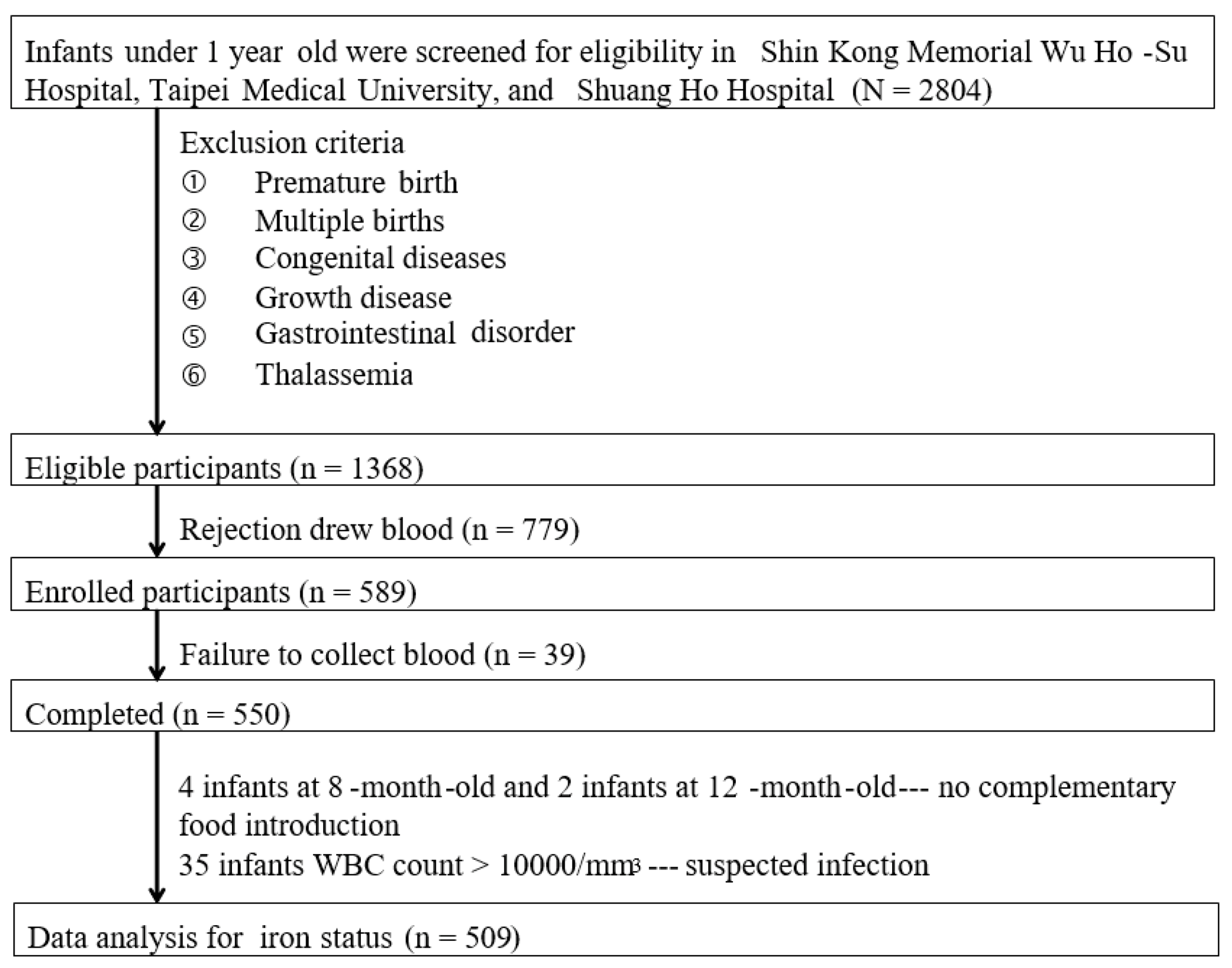
/Hematocrit-vs-hemoglobin-5211503_final_rev_02-672f5e85d87644a188b0fb74418736fe.jpg)
A minimum hemoglobin concentration of 10 g/dl is recommended in children with leukemia or other oncological disease. The minimum hemoglobin concentration should be 2 g/dl higher in patients who require increased oxygen or suffer from other serious disorders. Due to the postnatal decrease in oxygen affinity, the minimum acceptable hemoglobin concentration decreases by approximately 1 g/dl/week for the first 5-6 weeks until the minimum value of 6 g/dl for children and adults is reached. The calculated minimum acceptable hemoglobin concentration is 6 g/dl for children and adults, 12 g/dl for preterm infants and 11 g/dl for full-term neonates at birth. A hemoglobin concentration of 15 g/dl appears optimal for preterm and full-term infants at birth as well as for adults. From oxygen transport parameters and oxygen consumption we have calculated the optimum and the critical hemoglobin concentrations for preterm and full-term neonates during the first weeks after birth. Due to the high oxygen affinity of fetal hemoglobin, the oxygen unloading capacity of hemoglobin in neonates is about 50% less than in adults.

Oxygen consumption and cardiac output in neonates are three times those of adults on a body weight basis. Most of the oxygen transport parameters change markedly during the first weeks after birth. Hi dear thanks for your question,your post blood donation hemoglobin is 13.1mg/dl.and in 2009 your hemoglobin was 15.1mg/dl.Dear you have not mentioned present pre donation hemoglobin ,level.that would have given an idea ,how much decrease is in your hemoglobin level.slight decrease in hemoglobin. Duplication for commercial use must be authorized in writing by ADAM Health Solutions.The optimum and critical hemoglobin concentrations are determined by the oxygen demand of the tissues and several oxygen transport parameters (i.e., blood flow, arterial oxygen saturation, oxygen affinity of hemoglobin, and the critical venous oxygen pressure). Normally the hemoglobin and hematocrit values rise in the first several hours after birth because of the movement of plasma from the intravascular to the. Anemia is more profound and occurs earlier in premature infants due to. Links to other sites are provided for information only - they do not constitute endorsements of those other sites. Once hemoglobin level decreases enough, tissue oxygen needs are greater than. A licensed physician should be consulted for diagnosis and treatment of any and all medical conditions. The normal hemoglobin concentration for a term newborn is 19.3☒.2 g/dL (193☒20 g/L), with a hematocrit of 61☗.4 (0.61☐.074), values that continue to rise until they reach a maximum at about 2 hours after birth. The normal hemoglobin concentration for a term newborn is 19.32.2 g/dL (193220 g/L), with a hematocrit of 617.4 (0.610.074), values that continue to. The information provided herein should not be used during any medical emergency or for the diagnosis or treatment of any medical condition. This site complies with the HONcode standard for trustworthy health information: verify here. Learn more about A.D.A.M.'s editorial policy editorial process and privacy policy. For this purpose, cHb and Hct values from the data set of Henry and Christensen (2015, Clin. is among the first to achieve this important distinction for online health information and services. models for reference ranges for hemoglobin concentration (cHb) and hematocrit (Hct) levels in neonates as a function of gestational age (GA) and postnatal age (PNA), since it is known that GA and PNA are independent factors determining cHb and Hct. Hemoglobin Type F (HgbF): Normally, this hemoglobin type accounts for the largest part of red blood cells in fetuses, babies and children up to age 3. Hemoglobin A2 accounts for about 2 to 3 of your total hemoglobin. Smoking increases hemoglobin and hematocrit. Sometimes this occurs as a compensatory response to low oxygen levels, and sometimes the body makes too many red blood cells due to illness, such as cancer, heart disease, and lung disease.

Premature infants in ICUs have high levels of iron deficiency. Hemoglobin Types A11 and A2 (HgbA1 and A2): Hemoglobin A11 accounts for most of the hemoglobin in your normal red blood cells. When Levels Are High Hemoglobin and hematocrit can be elevated due to some medical conditions. follows rigorous standards of quality and accountability. The three major causes of anemia in neonates are blood loss, reduced red blood cell.

is accredited by URAC, for Health Content Provider (URAC's accreditation program is an independent audit to verify that A.D.A.M.


 0 kommentar(er)
0 kommentar(er)
